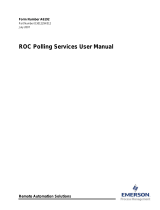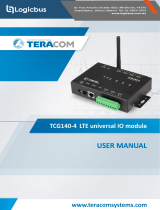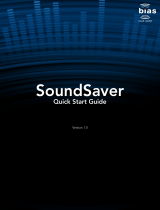—
Table of Contents
1 Safety Information
Symbol definitions ..................................................1
General ........................................................................ 3
Electrical .....................................................................3
Handling .................................................................... 4
2 Introducing the CoreSense
3 Preparing for installation
Tools for installation ...............................................7
Tools supplied by ABB ......................................7
Spare Parts ..........................................................7
Additional tools (not supplied by ABB) ........7
Necessary protection equipment .................8
Unpacking ..................................................................9
Handling .....................................................................9
Siting on the transformer ......................................9
Planning your cabling ...........................................11
Planning your communications .........................11
Password protection ........................................... 14
4 Installing the sensor head
Installation on transformer valve ..................... 15
Bleeding the sensor ............................................. 18
Removing the cover .............................................. 20
Establishing the connections ............................21
AC power line terminal block ........................22
RS-485 to SCADA .............................................23
Ethernet to SCADA ...........................................23
Optical Ethernet to SCADA (optional) ....... 24
Wiring the alarm relays (dry-contact) ....... 24
Analog 4–20 mA outputs .............................. 25
Analog 4–20 mA inputs ................................. 26
Reinstalling the cover .......................................... 27
5 Configuring the sensor head
Connecting a laptop for the first time ........... 29
Tabs of the CoreSense web interface ..............31
Hydrogen settings .......................................... 34
Moisture settings ............................................ 35
Administration settings ................................ 36
Communication settings ...............................37
Demo mode ...................................................... 38
About dialog box ............................................. 39
Configuring alarm levels ..................................... 40
Rate-of-Change (RoC) trigger level ...........40
Latched alarms ................................................40
Visual indications and alarms ........................... 41
Meanings of the visual indicators ...............41
In case of WARNING or ALARM.................... 42
6 Post-installation check list
7 Maintenance
Replacing the fuse ................................................ 45
Taking an oil sample .............................................46
Cleaning ................................................................... 46
Before sending a spectrometer to ABB .... 46
8 FAQ and troubleshooting
A Technical specifications ................... A51
Description ...........................................................A51
Measurement specifications ..........................A51
Mechanical specifications ................................A51
Electrical specifications .................................. A52
Communication specifications ..................... A52
Environmental specifications ........................ A52
Default RS-485 configuration ........................ A53
Application TCP ports table ........................... A53
B CoreSense Hub option ......................B55
Overview ............................................................... B55
Visual indicators ............................................B56
CoreSense Hub Web user interface ............... B57
Dashboard tab ...............................................B57
History tab ......................................................B58
Settings tab ....................................................B58
Automatic detection of Modbus sensors .....
........................................................................... B60
Configuring calculated values ...................B62
Configuring 4–20 mA output channels . B64
Risks of overloading a transformer .........B65
SCADA communication ...............................B65

























